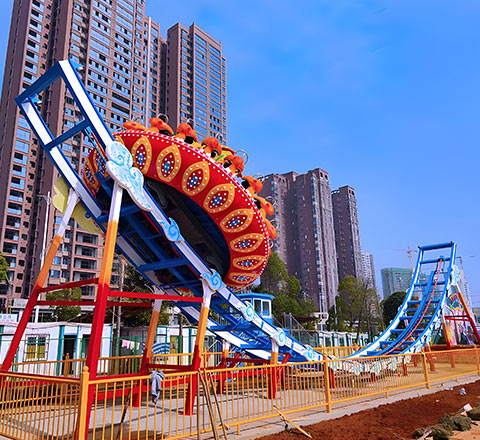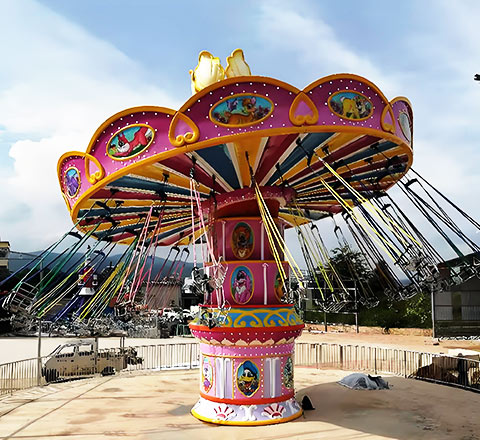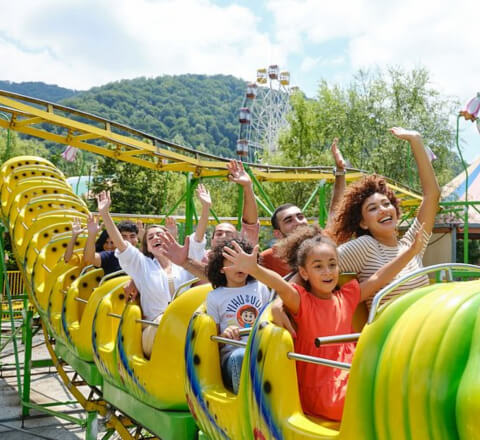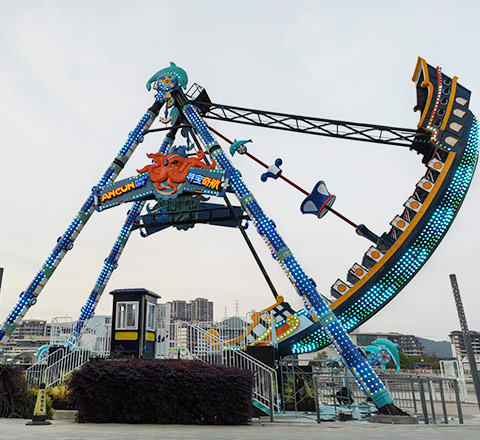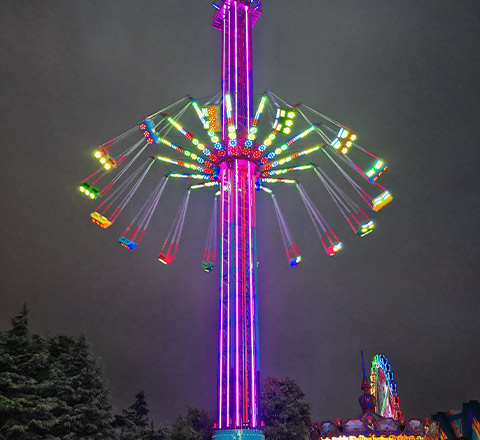Steel and wooden roller coasters have distinct characteristics that make each type appealing to different audiences. However, when it comes to ride smoothness, steel roller coasters often provide a smoother and more comfortable experience compared to their wooden counterparts. This article delves into the main reasons behind the difference in smoothness between steel and wooden roller coasters, focusing on factors like track structure, material properties, construction methods, and more.
1. Track Structure Differences
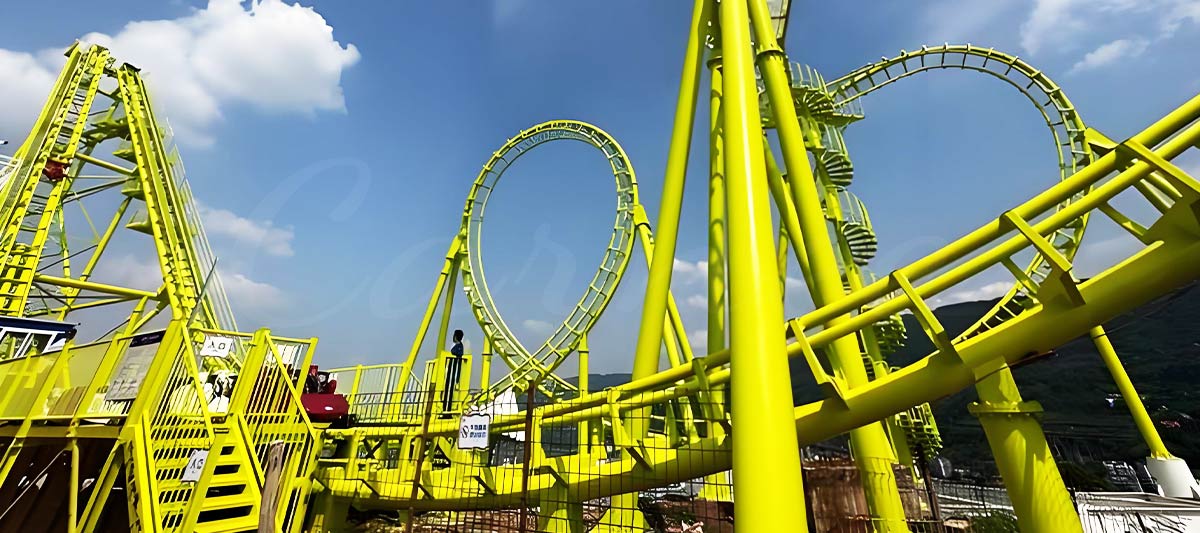
1.1 Steel Roller Coaster Track Structure
Steel roller coasters typically use tubular steel tracks, which offer greater flexibility and precision in design. The smooth, continuous curves allow for complex elements like vertical loops, sharp turns, and smooth transitions. Steel tracks are supported by a minimal number of vertical columns, making it easier to achieve precise track alignment. This high level of control in track construction results in a much smoother ride.
Key Benefits of Steel Roller Coaster Tracks:
- Flexibility: Steel tracks can be bent to create more dynamic and smooth curves.
- Precision: Tubular steel allows for precise alignment, reducing track gaps and improving the ride’s stability.
- Fewer Supports: A Minimal support structure results in less track movement and a smoother experience.

1.2 Wooden Roller Coaster Track Structure
In contrast, wooden roller coasters rely on large wooden structures that require extensive beams and supports to hold the track in place. The design of wooden coasters is often limited due to the structural constraints of wood, making it challenging to create intricate, smooth curves. The large wooden supports and beams can also lead to slight misalignments, resulting in a rougher and more bumpy ride.
Challenges of Wooden Coaster Tracks:
- Limited Track Design: The flexibility of wood is lower, limiting the ability to design more complex, smooth curves.
- Structural Bulk: The need for large support structures leads to more track flexing and misalignments, causing a rougher ride.
- Higher Vibration: Wooden coasters experience more vibrations due to the inherent elasticity of the material.
2. Material Properties: Steel vs Wood Roller Coaster Ride
2.1 Steel’s Strength and Rigidity
Steel is known for its rigidity, making it a perfect material for roller coaster tracks. Steel tracks are resistant to deformation, which minimises vibrations and maintains a consistent ride experience. Steel’s strong material properties ensure that the tracks remain rigid and smooth during operation, even at high speeds and with complex track designs.
Advantages of Steel:
- Durability: Steel resists wear and tear over time, providing a more stable and smoother ride.
- Reduced Vibration: The high rigidity of steel reduces the chances of track flexing during operation, leading to fewer bumps and jolts.
2.2 Wood’s Natural Elasticity
On the other hand, wooden roller coasters use natural wood, which has inherent flexibility. The elasticity of wood can cause slight bends and shifts in the track as it bears weight, leading to a less smooth ride. Over time, wooden tracks also face challenges like wear and weathering, which can contribute to additional roughness and vibrations.
Challenges of Wood:
- Natural Flexibility: Wood naturally bends and shifts, causing bumps and vibrations during the ride.
- Degradation: Wood can degrade or warp over time due to weather exposure, increasing roughness.
- Noise and Vibration: The “creaking” and “popping” sounds associated with wooden coasters add to the roughness of the experience.

3. Construction Methods: Steel vs Wooden Roller Coasters
3.1 Modular Steel Roller Coaster Construction
Steel coasters are typically modular in design, meaning the tracks are built in sections and then carefully aligned and assembled. This precise assembly process ensures minimal track gaps, contributing to a smoother ride. The use of highly accurate manufacturing processes further ensures that steel coasters are engineered to the highest precision.
Benefits of Modular Construction:
- High Precision: Steel’s modular assembly results in a more consistent and smooth track.
- Efficiency: Steel coasters can be constructed more efficiently, reducing errors and misalignments.
3.2 Traditional Wooden Roller Coaster Construction
Wooden coasters, on the other hand, rely on traditional woodworking techniques that are more prone to minor misalignments. While skilled craftsmanship can result in a smooth ride, the construction of wooden coasters typically involves more hand-made elements and variable precision. The complexity of maintaining proper alignment over the course of the coaster’s lifespan can lead to bumps and rough spots.
Challenges of Wooden Construction:
- Lower Precision: Wood construction can lead to more misalignments due to natural material inconsistencies.
- Frequent Maintenance: Wooden roller coaster rides require more frequent maintenance and recalibration to keep the ride smooth.
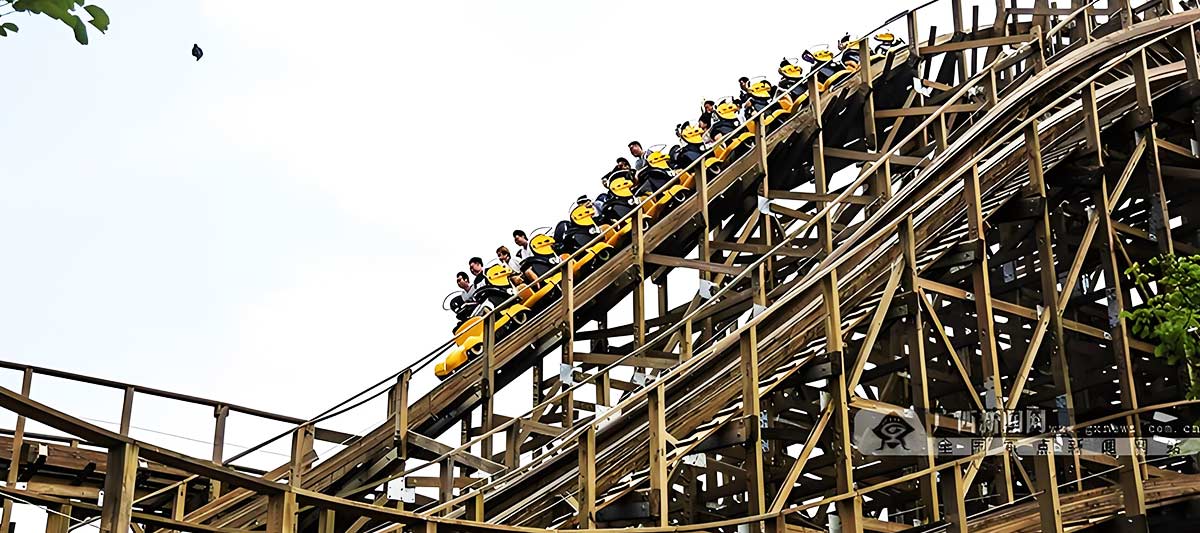
4. Ride Experience: Smoothness vs Bumpiness
4.1 Steel Roller Coaster Ride Experience
The steel roller coaster experience is marked by smoothness and precision. Steel coasters offer higher speeds and the ability to create extreme elements like inversions, twists, and loops without sacrificing the comfort of the ride. Riders typically experience a smooth, controlled ride with no jolts or sharp bumps, which is a key reason why many thrill-seekers prefer steel coasters.
4.2 Wooden Roller Coaster Ride Experience
While wooden roller coasters offer a unique, nostalgic experience, they are often rougher. The slight “bumping” and “shaking” that comes with a wooden coaster is part of the charm for some riders, but for others, it can be less comfortable. Wooden coasters can provide an exciting ride with more airtime, but the ride is generally bumpier due to the track’s natural flex.
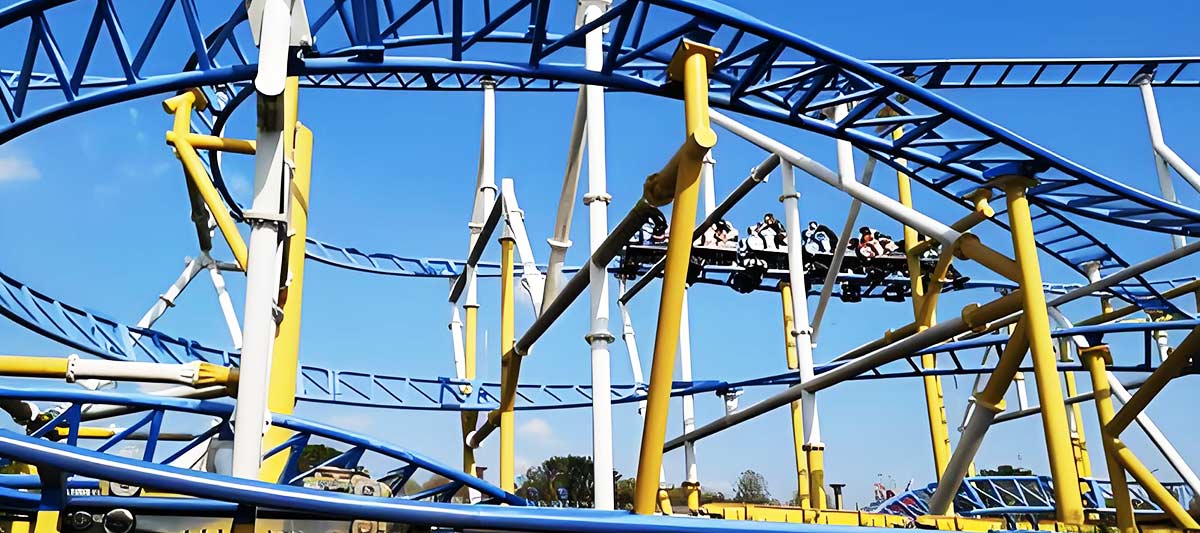
5. Real-World Examples: Steel vs Wooden Roller Coasters
5.1 Ferrari World Abu Dhabi: Formula Rossa
At Ferrari World Abu Dhabi, the Formula Rossa steel roller coaster reaches a top speed of 240 km/h (149 mph), delivering an ultra-smooth and high-speed experience. The steel track allows for such high speeds with minimal friction and precise control.
5.2 Dollywood’s Lightning Rod
On the other hand, Dollywood’s Lightning Rod, a wooden launch roller coaster, reaches a top speed of 117 km/h (73 mph). While thrilling, it offers a rougher ride due to the wood’s natural flexibility, resulting in a more intense, but bumpier, experience.
6. Conclusion: Which Is Better for You?
Both steel and wooden roller coasters have their unique qualities and appeals. Steel roller coasters offer a smoother, faster, and more thrilling experience, perfect for those seeking high-speed excitement with minimal discomfort. Wooden roller coasters, on the other hand, offer a nostalgic, intense ride with a rougher edge that appeals to riders who enjoy the classic charm of older, traditional rides. The choice ultimately depends on your preferences and the type of experience you want to provide at your amusement park.
You may also like: Wooden Roller Coaster vs Steel Roller Coaster: Which One Wins?

